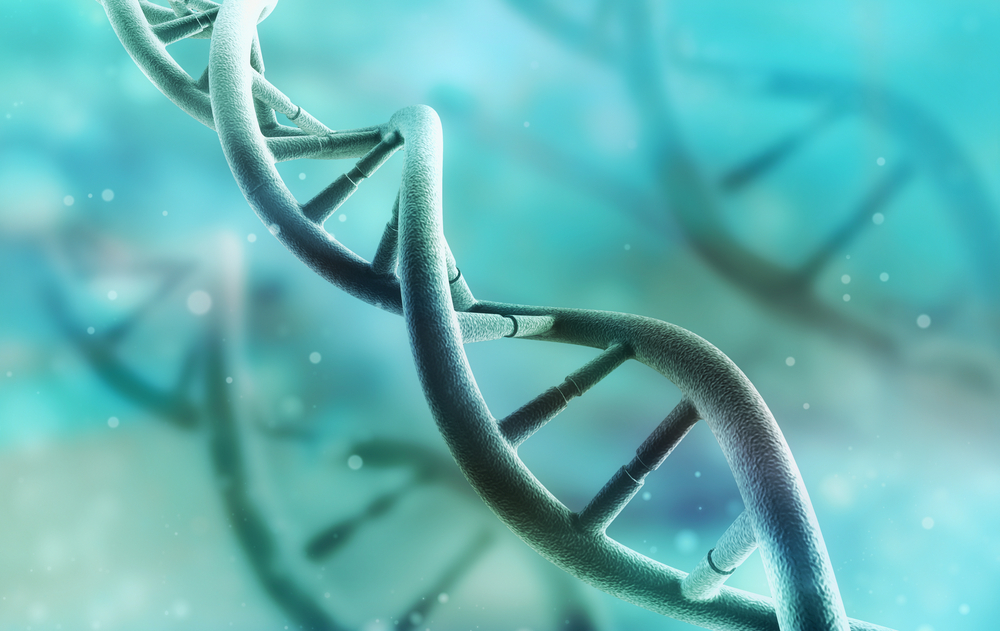Mechanisms Leading to Buildup of Toxic Proteins in ALS Identified in Study

Researchers have identified molecular mechanisms that lead to the abnormal and toxic accumulation of proteins within neurons, according to a new study. For amyotrophic lateral sclerosis (ALS) patients, these findings may pave the way for the design of new therapies by targeting protein aggregation in the brain.
The study, titled “Phase Separation Of C9orf72 Dipeptide Repeats Perturbs Stress Granule Dynamics,” was published in the journal Molecular Cell.
Stress granules (SGs) are large, liquid clusters of RNA-binding proteins that form during cellular stress, and play an essential role in the cells’ stress response. In normal cells, the formation of SGs is highly controlled and reversible. But in ALS, this process occurs without regulation, leading to the accumulation of toxic RNA-binding aggregates (proteins that stick together).
“It is thought that these inclusion bodies play a key role in the disease pathogenesis,” researchers wrote. “Moreover, mutations in several of these SG proteins are also the genetic cause of the disease in a subset of familial cases. Hence, SGs have been suggested as a stepping stone towards pathological aggregation in ALS and [frontotemporal lobar dementia].”
Mutations in the C9orf72 gene (previously associated with ALS) have been linked to abnormal SGs (which act more like a solid than a liquid protein droplet), but the reasons why remain elusive.
Using modern laboratory techniques to study protein aggregation and structural biology, researchers observed that C9orf72 mutations promote the production of small and abnormal toxic proteins, which in turn cause the aggregation of the RNA-binding proteins. This alters the dynamics of the SGs: they solidify and no longer reverse back to their liquid state.
“These observations give us more insight into the molecular process that leads to the clumping of RNA-binding protein in familial ALS and [frontotemporal lobar dementia],” Ludo Van Den Bosch, the study’s senior author, said in a news release. “It is believed that this process is an important step that occurs before the irreversible ‘sticking-together’ of the proteins, which is a pathological hallmark of these diseases. When enough of these clumps form, the neuron is unable to function and dies.”
Identifying the mechanisms surrounding SGs and C9orf72 mutations and why protein clumping alters SG function could lead to new ALS therapies. “[F]uture studies could center around developing a molecular ‘antifreeze’ that prevents these liquid proteins from solidifying, thereby stopping protein aggregation and the death of neurons,” said a fellow researcher, Steven Boeynaems.






